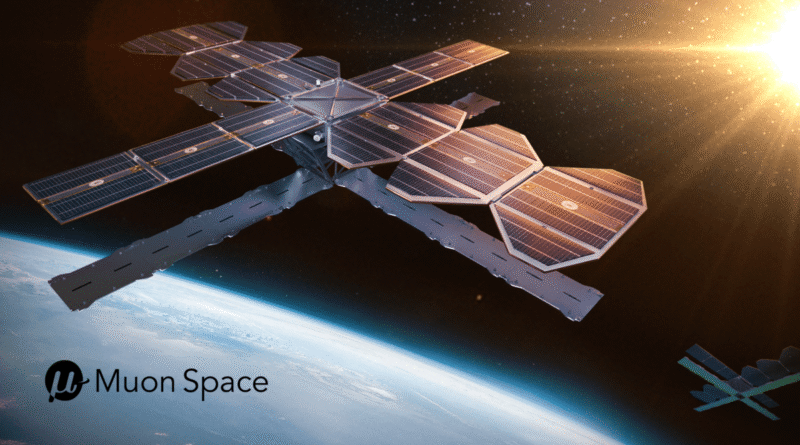Hubble Network plans massive satellite upgrade to create global Bluetooth layer | TechCrunch
Hubble Network’s satellite-powered Bluetooth network is getting a big upgrade.
The Seattle-based startup, which aims to bring to enterprises what Apple’s Find My has brought to consumers, has built a powerful new phased-array receiver that will enable what Hubble CEO Alex Haro calls a “true Bluetooth layer around the Earth.”
This advanced payload will fly on two massive new satellites from four-year-old Muon Spacecalled MuSat XL, which are slated to launch in 2027. The first two MuSat XL spacecraft will deliver a 12-hour global revisit time and detect Bluetooth Low Energy (BLE) signals at 30 times lower power than current capabilities, Hubble says. If those numbers pan out, it could materially extend battery life for tracking tags and sensors here on Earth.
Those two satellites will form the backbone of Hubble’s BLE Finding Network for enterprises in sectors ranging from logistics, infrastructure, and defense.
Hubble made history in 2024 when it became the first company to establish a Bluetooth connection directly to a satellite. The startup’s proposition is compelling: instead of needing to buy specialized hardware, customers will only need to integrate their devices’ chipsets with a piece of firmware to enable connection to the Hubble network.
The benefits of the space-based network are massive, Hubble argues: it can provide visibility across the globe, including in remote areas, and offers a developer-friendly way to let companies track assets without building any additional infrastructure.
The company currently has seven spacecraft on orbit with a target of having 60 satellites in operation by 2028. The long-term goal is to upgrade the entire constellation to the larger platform buses because of their power and performance upgrades, Haro said.
Techcrunch event
San Francisco
|
October 27-29, 2025
It’s an aggressive schedule, but Haro added that one reason Hubble chose to partner with Muon is the latter’s ability to rapidly scale manufacturing to hit this goal, despite being a young company. (A recent $146 million funding round should help.) Gregory Smirin, president of Muon Space, told TechCrunch that the company’s San Jose production facility is being built out to support production of over 500 spacecraft per year by 2027.
Hubble is the first customer for the 500 kilogram-class MuSat XL satellite platform, which Muon says can provide multi-kilowatt power to payloads, optical crosslinks, high-volume downlink, and “near real-time” communications for time-sensitive missions. The partnership also signals a bigger push by the company to compete for more lucrative contracts with the Department of Defense.
The XL platform “is a perfect size and capability for SDA Tranche missions,” Smirin said, referring to the Space Development Agency’s initiative to build out a missile defense constellation in low Earth orbit. “XL reflects both the evolution of our technical stack and our growing role in delivering the kind of multi-mission spacecraft that programs like SDA increasingly rely on.”
Muon’s business model can be thought of as space-as-a-service: the company designs, builds, and operates satellites using a vertically-integrated stack of hardware and software. The stack, called Halo, is meant to open up space access for companies with promising payloads but no interest in building the underlying satellite architecture. In practice, that means Hubble can focus on developing the BLE network while Muon handles the satellite platforms and mission operations.




